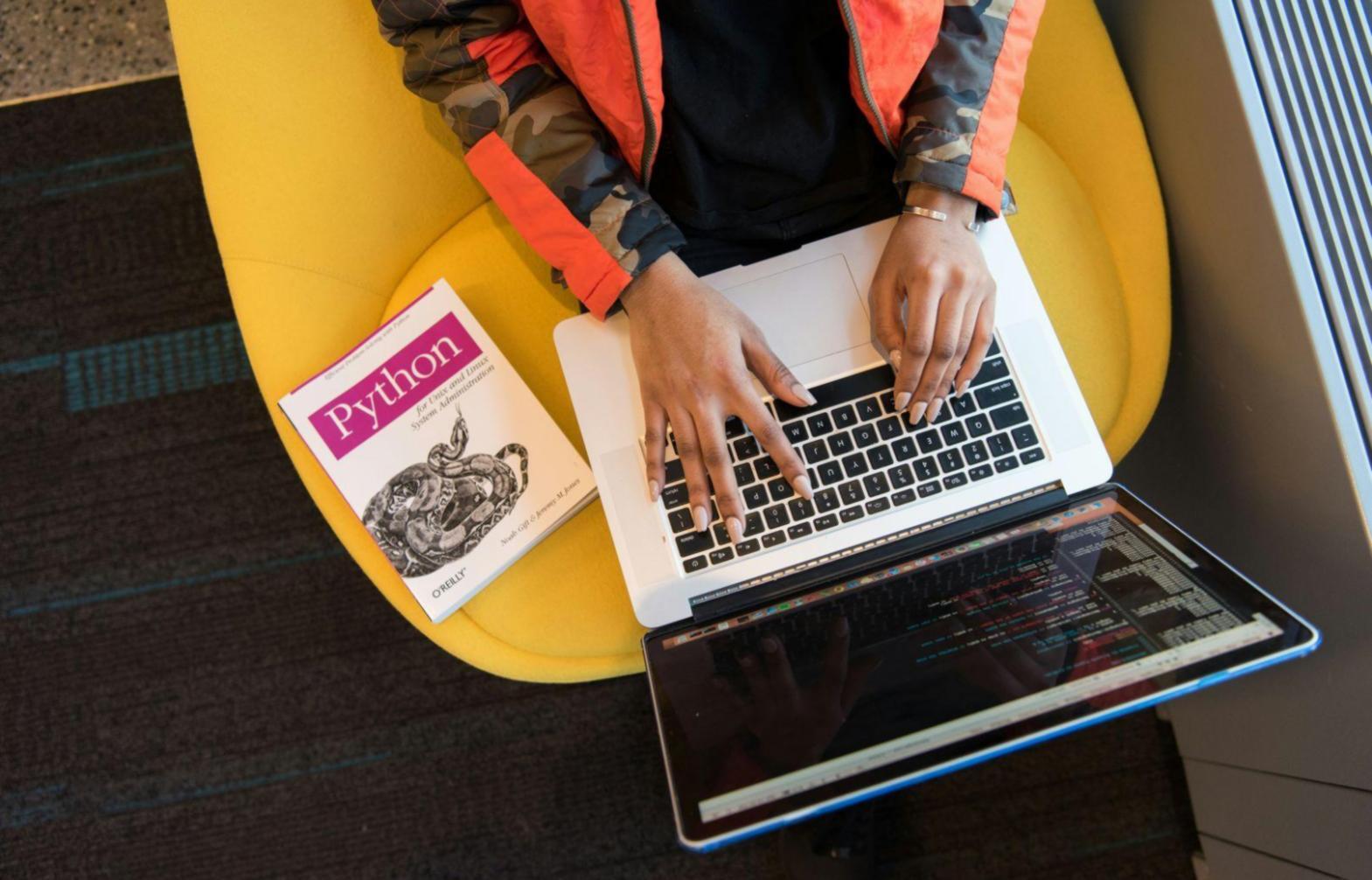Master Algorithmic Trading Through Real Market Analysis
We teach you to build, test, and refine trading algorithms using actual market data from 2024. Our program launches October 2025, offering hands-on experience with Python-based strategies and live backtesting environments.
Explore Learning Materials

Why Traditional Trading Courses Miss the Mark
Most programs teach you theory. You memorize indicators and read charts, but when real volatility hits, theory crumbles. We've seen this pattern too many times in the Thailand market.
Our approach starts with failed trades. You'll examine actual losing algorithms from 2024, understand why they broke, and learn to spot weaknesses before they cost you. This isn't comfortable, but it builds the kind of skeptical mindset successful algo traders need.
Starting October 2025, our cohorts work through 90+ real market situations where algorithms behaved unexpectedly. You'll debug code, adjust parameters, and learn why backtesting alone never tells the full story.
Learning Path Through 2026
We've structured this as three interconnected phases. Each builds on real scenarios you'll encounter when your algorithms interact with actual markets.
Foundation Quarter
October 2025 through January 2026. You'll write your first trading algorithm in Python, connect to historical data feeds, and run backtests. But more importantly, you'll learn to question your results and identify when your algorithm is curve-fitted to past data.
Strategy Development
February through June 2026. This phase focuses on building robust strategies that handle edge cases. You'll work with mean reversion, momentum, and statistical arbitrage approaches while learning proper risk management protocols that protect capital during unexpected market moves.
Live Testing Phase
July through December 2026. Your algorithms run in paper trading environments with real-time data. You'll monitor performance, adjust parameters based on actual behavior, and document what works versus what you expected to work. Most students find this humbling and invaluable.

Kasper Lindholm
Quantitative Strategy DeveloperI've spent the last nine years building and breaking trading algorithms. Started at a Bangkok-based prop trading desk in 2016, where I learned that most strategies fail not because of bad math, but because of assumptions we didn't know we were making.
These days I focus on teaching people to think critically about their code. You'll hear me say "prove it's not just luck" a lot during our sessions. I also maintain open-source backtesting tools and contribute to the Thai algorithmic trading community.
Before joining education work, I ran systematic strategies across Asian equity markets. The transition to teaching happened because I kept meeting talented people who'd been sold unrealistic expectations by other programs.
Specialized Learning Tracks
Choose focus areas based on your interests and background. Most students complete the foundation track before specializing.

Statistical Arbitrage Methods
Deep focus on pairs trading, cointegration testing, and mean reversion strategies. You'll work with correlation breakdowns and learn to identify when statistical relationships stop being tradeable.
View Curriculum Details →
Machine Learning Applications
Practical ML for trading without the hype. We cover feature engineering, overfitting detection, and why most ML trading models fail in production. You'll build models that prioritize robustness over backtest performance.
Review Course Materials →